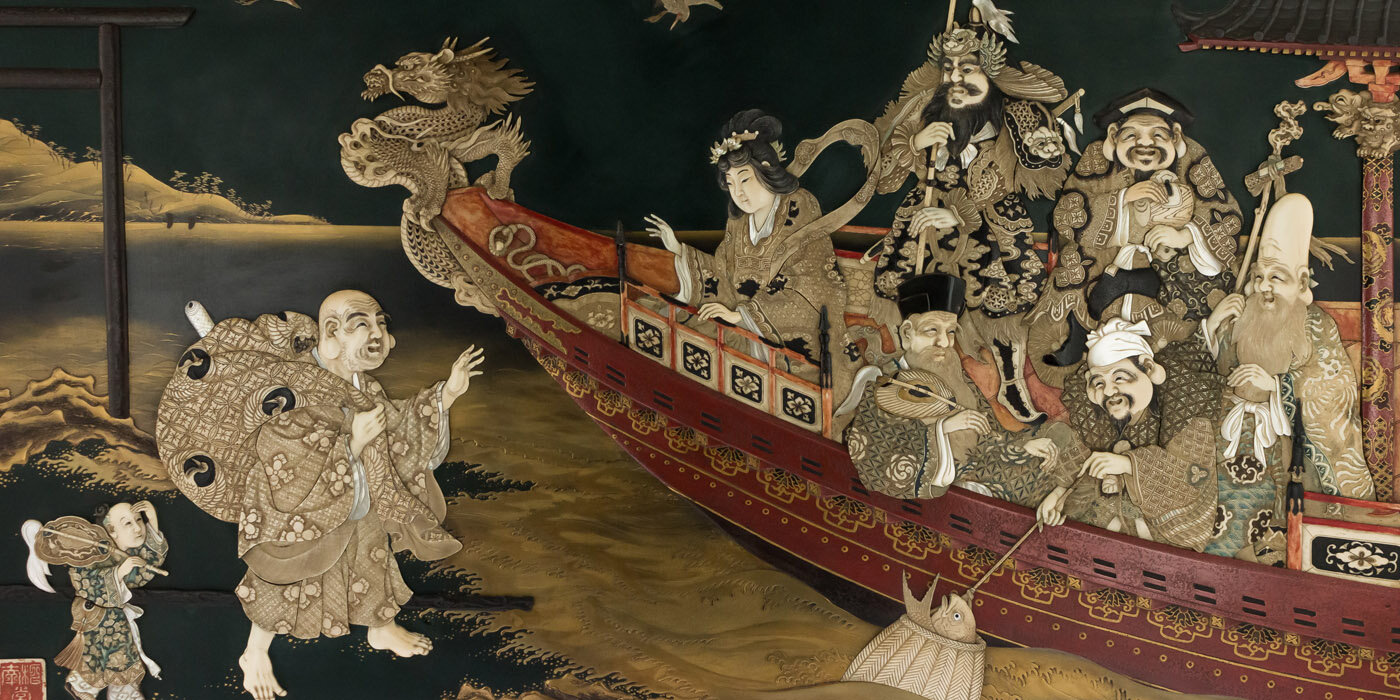
Japanese Silver
Japanese decorative art of the Meiji period (1868-1912) represents a universe of naturalism and virtuosity and is considered one of the finest in the world.
During the Meiji period, Japan underwent a radical political and social change, opening to the West for the first time after centuries. The Meiji style, with its highly skilled craftsmanship and amplified aesthetic, originates directly from traditional Asian subjects and techniques and it applies to a wide range of materials: bronze, copper, enamel, porcelain, lacquer and, of course, silver.
The Hallmark often found on Japanese silver is called “jungin”, meaning “pure silver”. In fact Japanese silver features the highest purity in the world, often close to 1000/1000 standard.
Working a metal so pure (and consequently soft) requires exceptional skills and workshops were often run by former samurai. Coffee services, jugs, bowls, boxes and a variety of other commercial items are chased and embossed in high-relief, often double-skinned, depicting dragons, irises, chrysanthemums and other typically Asian themes so popular amongst Westerners.
This type of goods were retailed and commissioned by important luxury shops such as Arthur & Bond and Samurai Shokai, to name only the most famous companies active in Yokohama during the late 19th / early 20th century.















